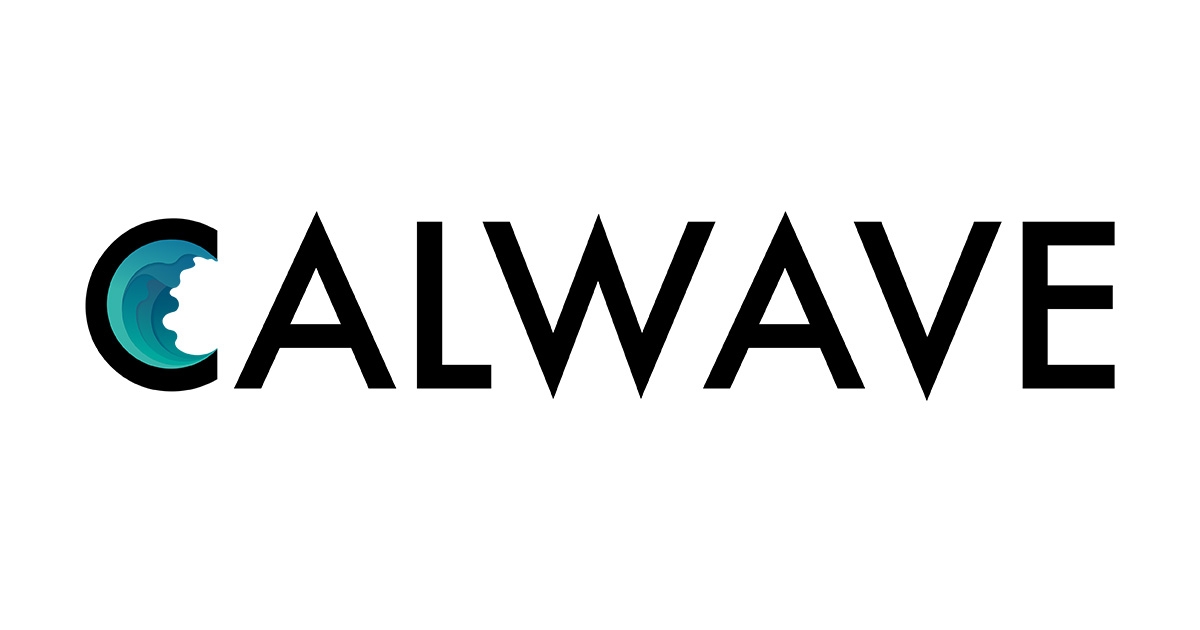CALWAVE Concludes Historic Wave Energy Pilot with Zero Intervention and 99% Uptime

CalWave (“CalWave Power Technologies, Inc.”), a leader in wave energy development, has successfully concluded its open-ocean wave energy pilot after 10 months of continuous operation off the coast of San Diego. The project, which deployed in September 2021, was supported by a US Department of Energy (DOE) award with the goal to demonstrate CalWave’s scalable and patented xWave™ technology as a cost-effective, sustainable solution for energy generation.
Not only does the demonstration represent California’s first at-sea, long-duration wave energy project, but it also serves as a critical step toward proving wave power as a commercially viable renewable resource.
The pilot device, named x1™, has now been recovered and decommissioned. Findings will be used to inform CalWave’s next grid-connected deployment, scheduled to occur at the federally-approved, 20-MW PacWave wave energy test site off the coast of Newport, Oregon.
Wave energy has been assessed by experts as capable of supplying upwards of a third of global energy demand, yet the development of a viable technology capable of reliably withstanding harsh ocean conditions has been slow to evolve, until now. CalWave’s pilot verified its xWave™ system as effective for overcoming the key challenges of performance, reliability, survivability, and cost.
“Marine energy technologies—like CalWave’s xWave—hold incredible potential to help transform our energy system in numerous ways, from serving as a resource on our nation’s grid to helping remote and coastal communities reduce their reliance on fossil fuels to powering ocean exploration and observation systems,” said Jennifer Garson, U.S. Department of Energy’s Water Power Technologies Office Director. “CalWave’s successful deployment in California marks a critical step in their pathway to commercializing their wave energy system and is an important step forward in the marine energy industry’s efforts to demonstrate and deploy these technologies.”
Technical results around CalWave’s pilot
Proven for high performance and reliability
- The x1™ achieved high performance as targeted and predicted by CalWave’s advanced and laboratory-validated hydrodynamic simulations.
- The onboard controller took over full autonomous operations for roughly 80% of the operating time, ensuring high performance and shutdown during storms, leading to over 99% system uptime throughout the deployment.
- The power and data generated was exported via subsea cable to the Scripps Institute of Oceanography (SIO) research pier.
- Based on high reliability of the system and zero interventions during operations, the deployment was extended from six months to 10 months, and concluded as required by CalWave’s U.S. DOE contract.
- The results of this pilot are critical for the advancement of CalWave’s x100™ and x800™ utility-scale classes of the xWave™.
Demonstrated survivability and cost-efficiency
- The fully-submerged xWave™ architecture enabled the technology to survive several major storms, including two representative of the largest storms in a typical 10-year period for a utility-scale system.
- The unique wave load management mechanisms, comparable to pitch and yaw control in modern wind turbines, allowed for rapid and effective reduction of storm loads on all parts of the system, ultimately proving a cost-effective design without the need for expensive structural over-design.
Efficient biofouling and anti-corrosion methods
- The x1™’s hull was protected by environmentally acceptable anti-corrosion and anti-biofouling coatings, in addition to sacrificial anodes, which added cathodic protection against corrosion for uncoated surfaces.
- While uncoated surfaces of the device did experience bio-fouling, growth avoided moving interfaces and had no impact on operations.
Inspection and safety for operators and marine life
- The advanced controller and onboard sensors enabled continuous health monitoring and remote inspections through a web-based portal.
- A U.S. Coast Guard compliant marker buoy ensured other ocean users’ safety.
- The third-party reviewed installation and recovery procedures were executed flawlessly by the offshore operators, including the SIO operations team.<l/i>
- Along with a third-party biological assessment, several state and federal permits ensured the safety of marine life.
- In collaboration with the Pacific Northwest National Laboratory’s (PNNL) Triton Initiative—a project funded by WPTO to research environmental monitoring technologies and methods—the x1™ was observed with a Boxfish 360 video camera and three different sound monitoring tools: Integral Consulting, Inc.’s noise spotter buoy, a drifting hydrophone, and three long-term, bottom-mounted hydrophones. The environmental monitoring data can be found here.
Other key operational and research partners collaborating with CalWave on this project included National Renewable Energy Laboratory, Sandia National Laboratories, DNV GL, MarineLabs and UC Berkeley, among many others.

